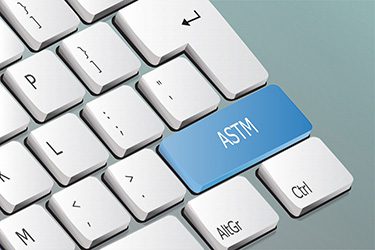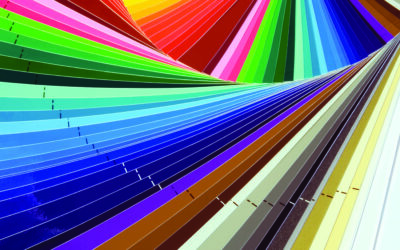Detecting the Mass of Pigment Particles: Towards a Universal Size Standard
We present a novel approach that introduces mass as a fundamental metric for characterizing the size and structure of pigments and nanoparticles. This offers the potential to establish a new ... Read More…




